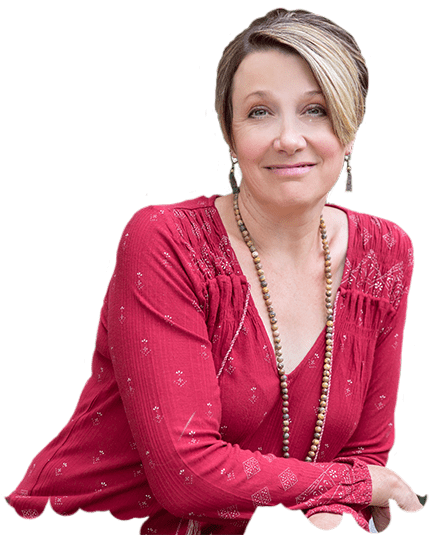January Jubilation!
The ringing in of the New Year often brings with it many resolutions. Or as I like to think of them, Intentions. When I owned my yoga studio, January thru March was our busiest time. Everyone wanting to start fresh, to get fit and to make healthier choices. With so many “intending” to add yoga to their New Year, I feel it’s a good idea to point out the pros and cons of certain poses and group yoga classes/exercise classes when we have scoliosis. This post is in no way intended to put you off of yoga, but instead to support you in creating a beneficial practice.
Group Classes:
Everyone by now has heard of the benefits of going to yoga: stretching and strengthening of muscles, better breathing, less stress, peace of mind, etc. And where all of this is absolutely true, there can be a downside if we have a condition that needs special attention. Group yoga classes are taught symmetrically, meaning everything is taught the same on each side. It’s typically the same with group exercise classes. With scoliosis, one side of the body generally needs something different than the other side. Classes are often full, leaving the teacher unable to assist properly, and many new or minimally trained teachers lack the knowledge to assist safely.
Contraindicated Poses and Why:
Standing Forward Bends: These are a common pose in group classes usually intending to stretch the hamstrings or as part of a sun salutation. When we fold forward from the hips (bending forward should be from the hip joint, not the middle of the back) it causes our spine to movie into its full curve and rotation, encouraging progression. This is why the Adams Forward Bend Test is used when looking for scoliosis. Laying on the floor stretching one leg at a time is the best way to stretch the hamstrings. For most of us actually. But especially with scoliosis and other back issues.
Back Bends: back bending should be approached cautiously because its been found to increase lordosis in the both the upper and lower back, which can push progression of scoliosis. Also because group yoga classes tend to take back bending to the extreme in many cases. Where a gentle “cat-cow” movement can feel great and a properly executed cobra can be beneficial, an extreme backbend like urdhva dhanurasana (wheel pose) can be quite dangerous by forcing the spine into that deeply rounded shape.
Twists: when twisting, we tend to twist to the side that feels the best, which of course is the way the spine wants to twist (rotate) naturally based on our patterns. This can encourage progression. Twisting the other way – and again, yoga often take things to the extreme – can force the spine to twist deeply against what we’ve got going on due to curves and rotations and cause unintended damage. It is important to learn how to de-rotate our scoliotic rotation to achieve a safe twist. In gentle twists such as lying on the back, feet and knees together, letting the knees float to one side, placing a small rolled up towel under your convex side can assist in a safer, more comfortable twist.
All that said, yoga – practiced safely and mindfully – is EXTREMELY beneficial for scoliosis. We just have to know what poses to do and how to best use them for our particular patterns.
Taking a Safe Approach
Working with someone who can teach you what works best with your or your child’s specific curve(s) and the safest way to practice is the best way I know to make sure you get what you want and need from your practice.



